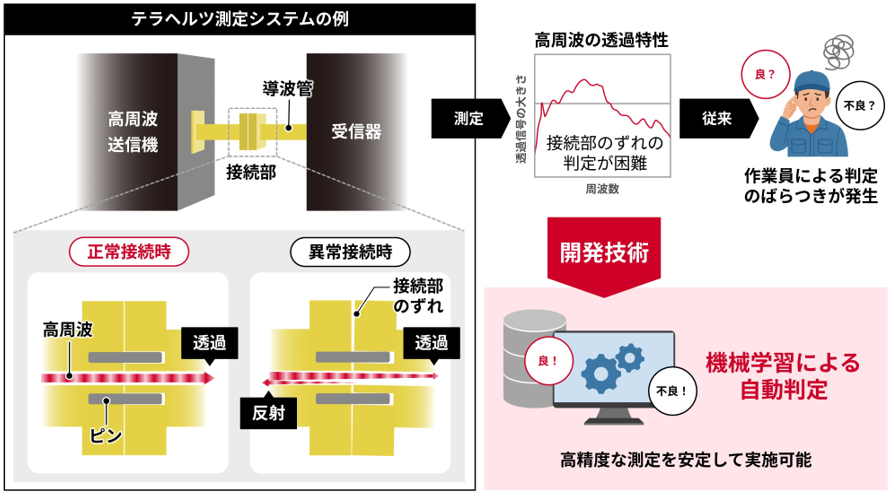2025-06-11 日産化学株式会社
<関連情報>
- https://www.nissanchem.co.jp/news_release/news/n2025_06_11.pdf
- https://pubs.acs.org/doi/10.1021/acs.jafc.4c11831
イプトリアゾピリドの除草作用機構とイネ選択性:4-ヒドロキシフェニルピルビン酸ジオキシゲナーゼの新規アゾールカルボキサミド系阻害剤 Mechanism of Herbicidal Action and Rice Selectivity of Iptriazopyrid: A Novel Azole Carboxamide-Based Inhibitor of 4-Hydroxyphenylpyruvate Dioxygenase
Takashi Nishio,Nanami Nishijima,Tomomi Kubota,Yuichi Furuhata,Yoshiki Nanao,Hadian Permana,Takamasa Furuhashi,and Yoshio Kato
Journal of Agricultural and Food Chemistry Published: June 10, 2025
DOI:https://doi.org/10.1021/acs.jafc.4c11831
Abstract

4-hydroxyphenylpyruvate dioxygenase (HPPD) inhibitors are widely used as herbicides. However, the emergence of herbicide-resistant weeds necessitates the development of new herbicides with more diverse chemical structures. Therefore, we evaluated the herbicidal and HPPD inhibitory activities of iptriazopyrid, a novel azole carboxamide compound. Phytotoxic tests on Echinochloa crus-galli demonstrated that iptriazopyrid caused chlorosis at a concentration approximately 10 times lower than that required for the common commercial HPPD inhibitor mesotrione. Furthermore, iptriazopyrid showed strong selectivity for Oryza sativa over the weed in the greenhouse-scale experiment. X-ray crystallography and in vitro inhibitory assays revealed that iptriazopyrid was bound to the enzyme active pocket of HPPD and worked as a slow-binding inhibitor. These findings indicate that this inhibitor has potent herbicidal activity with a chemical structure different from those of existing HPPD inhibitors. Thus, it has potential applications as a novel scaffold in herbicide development.



